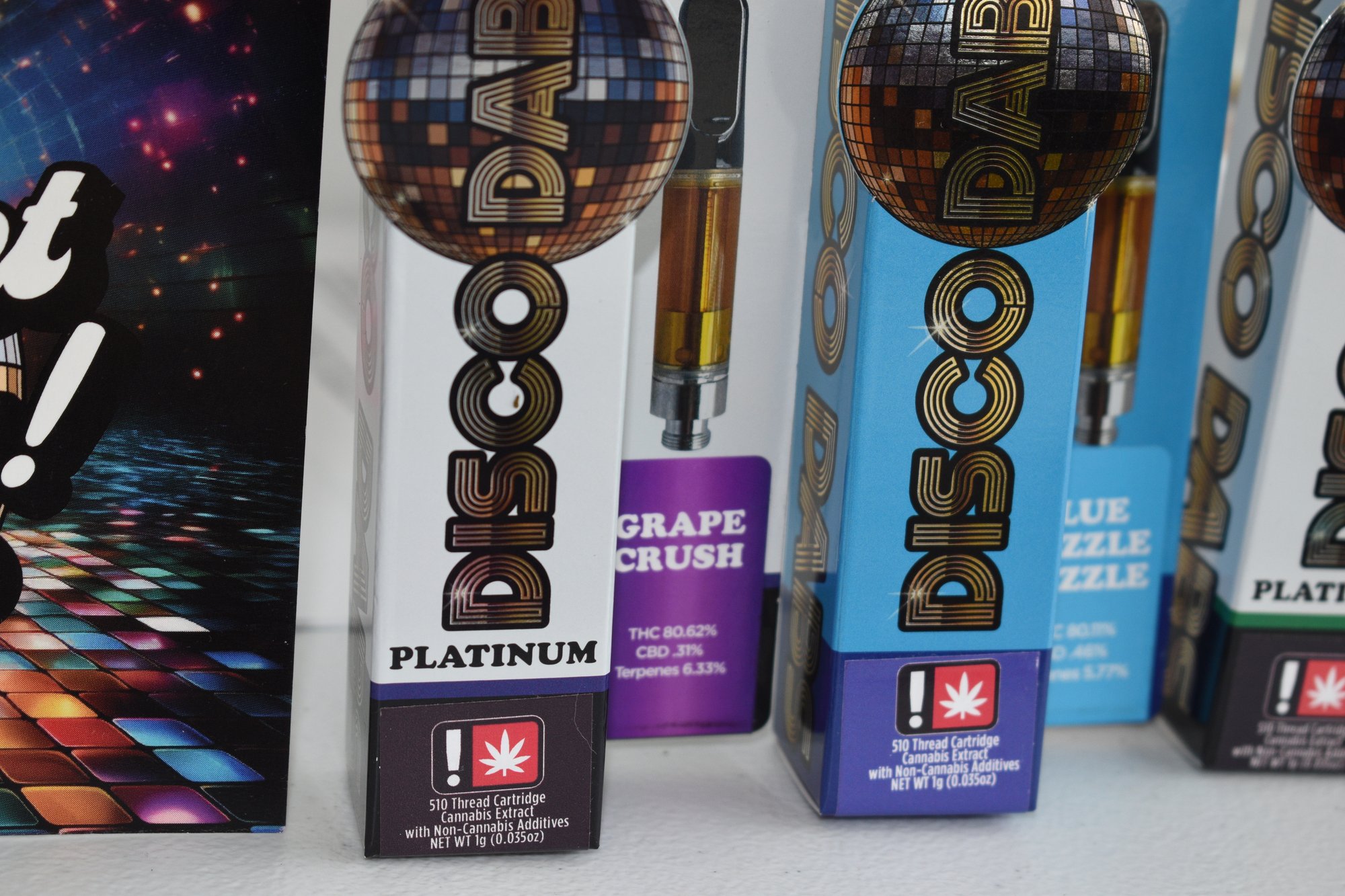
Vape Cart Safety
Editor's Note: This guide cuts through the BS to help you avoid sketchy vape carts. We've focused on what you can actually see, touch, and verify - no urban legends or scare tactics, just practical knowledge to keep you safe and get your money's worth.
The Basics: What You Need to Know
Let's be real - there are some sketchy products out there. But spotting them isn't rocket science if you know what to look for. Here's your crash course in avoiding the bad stuff:
Red Flags That Should Stop You Cold
- No lab test results (if you can't verify what's in it, walk away)
- Packaging that looks cheap or easy to fake
- Prices that seem too good to be true (quality costs money, period)
- Brand logos that look "off" compared to official versions
What Quality Looks Like The Oil Check:
- Color should be clear amber to light gold - if it looks like motor oil or Mountain Dew, that's not your move
- When you flip the cart, watch the bubble - it should move like honey, not water. Fast-moving bubbles mean someone probably cut corners
- No visible separation, floating particles, or crystallization
Packaging That Means Business:
- Child-resistant caps that actually take effort to open
- Tamper-evident seals that aren't already broken
- Lab results you can actually look up (most legit brands have QR codes)
- Clear labels showing cannabinoids and terpenes - if they're proud of what's in it, they'll tell you
The Inside Story on Additives
Editor's Note: This isn't about fear-mongering - it's about knowing what you're putting in your lungs.
What's Generally Considered Safe:
- Natural cannabis terpenes (the stuff that makes strains smell unique)
- CO2-extracted oils without additives
Approach with Caution:
- MCT oil
- PG (Propylene Glycol)
- VG (Vegetable Glycerin)
These aren't automatically bad, but if they irritate your throat or make you cough more than usual, try a brand that doesn't use them.
Hard No List:
- Vitamin E acetate (the stuff that caused the 2019 health crisis)
- Any thickeners or thinners not clearly listed on the label
- Mystery ingredients of any kind
Real Talk About Your Lungs
Here's what we actually know about vaping safety:
- Short-term: The 2019 health crisis was linked to black market products using vitamin E acetate. Most legit brands have removed it.
- Long-term: Real talk - vaping is too new to have decades of research. If you're concerned, stick to brands that use minimal additives.
How to Shop Smart
The Golden Rules:
- Buy from licensed dispensaries only - yes, they're more expensive, but so is a hospital visit
- Keep your receipts until you've tried the product
- If a deal seems too good to be true on social media, it probably is
- When in doubt, ask your budtender about the brand's reputation
Hardware Check:
- Metal threading should screw in smooth, not wobbly
- No rust, weird discoloration, or loose parts
- Mouthpiece should be firmly attached
- Glass should be thick enough not to feel flimsy
Know Your State's Tools
Every legal state has a way to verify legit products. Here's where to check:
- California: Bureau of Cannabis Control website
- Oregon: OLCC database
- Colorado: MED verification
- Washington: LCB checks
Editor's Note: Bookmark your state's verification site - it takes 30 seconds to check and could save you from a fake.
The Bottom Line
You don't need to be a scientist or industry expert to spot a quality cart. Trust your eyes, stick to licensed shops, and remember - if something feels off about a product, there are plenty of legit options out there. Your lungs are worth the extra effort.
Stay safe, stay informed, and don't learn these lessons the hard way.
Have a story about spotting fake carts? Drop us a line - we're always updating our guides with real experiences from our community.